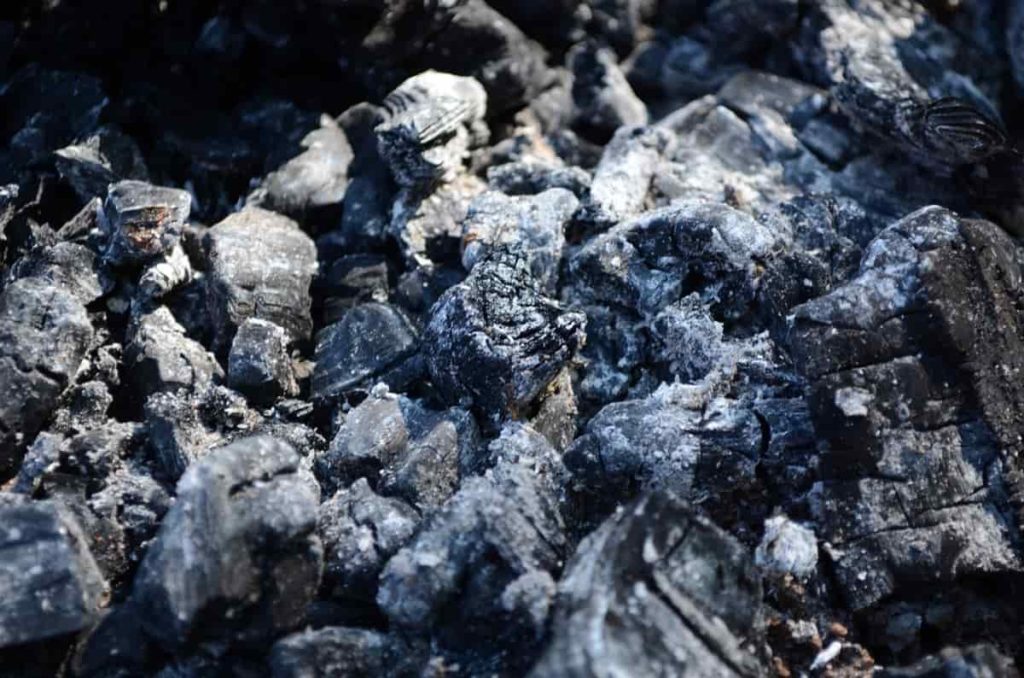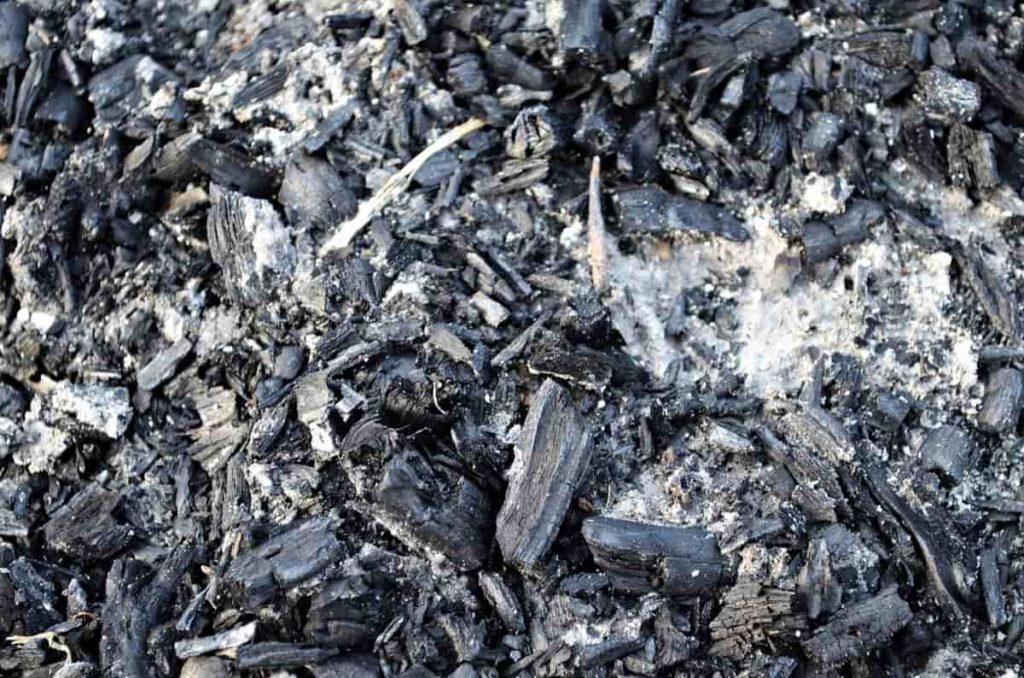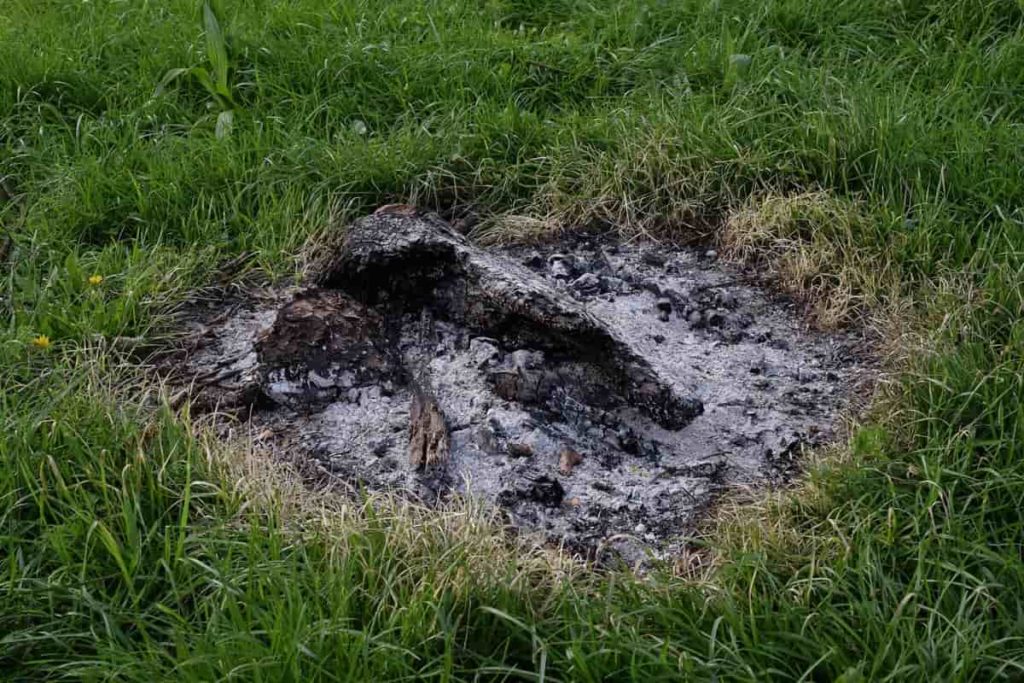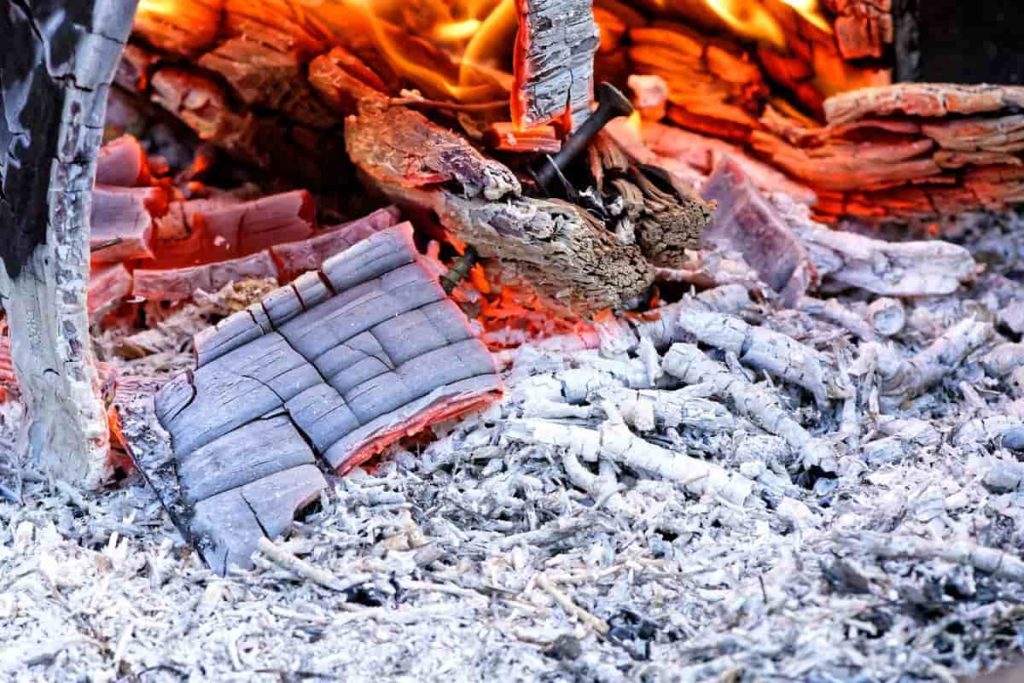Ash from wood-burning stoves and wood-burning fires is used directly in the garden landscape. Untreated hard and softwood ash is used as a mulch or fertilizer ingredient. Wood ash adds nutrients and lacks repair an alkalizing effect on more acidic soils. However, many decorative and vegetable plants directly benefit from wood ash mulch or manure. Let’s check out how to use wood ash in your home garden for maximum benefit.

Wood ash contains potassium which is an important nutrient for many crops. Just as potassium benefits humans, it can help balance plant water and play a role in transporting food within the plant. If plants are deficient in potassium, they become prone to drought, frost, and other diseases. Using wood ash in your garden is not only a practical solution to ash disposal but also contributes to the health of your plants. Wood ash can be used in the garden from hardwoods and softwoods. Hardwoods Ash will contain more nutrients than the same amount of softwood ash.
Cabbage, Broccoli, Kale, Kohlrabi, and Collards can benefit from modified soil with ash. It is best added to the soil before planting. Wood ash is organic and inorganic remains after the combustion. Even though Nitrogen and Sulfur gases are lost, other plant nutrients are left behind. Wood ash contains 1.5 to 2% phosphorus and 5 to 7% potassium. Listed as fertilizer, most of the wood ash will be analyzed 0-1-3 (NPK). Further, the amount of calcium in wood ash ranges from 25 to 50%.
Wood ash can be easily mixed with farmyard compost, vermicompost, or any other fertilizer to increase the availability of micronutrients in fertilizer. If it is mixed with materials to make fertilizer in the early stages, it combines better and increases nutritional availability. Mud loves ash because it is alkaline and ash also solves the problem of odor which can be caused by composting bins.
Tips and precautions while using Wood ash
- Don’t use wood ash from burning paper, cardboard, trade wood, and plastic as it can contain harmful chemicals for plants.
- Don’t use wet ash in your garden.
- Also, your ash should be at a normal temperature as hot ash can damage your plants.
- Don’t use wood ash on acid-loving plants like Blueberries.
- With wood ash alkaline, you should ensure that you do not add it to soil with a pH level of 7.5 or more. You should also make sure you don’t add ash to fruits such as blueberries like these are in favor of acid. Also, wood ash should never be added to the soil where you plan to grow Potatoes.
- You should not use this ash in your garden as it can be potentially harmful to vegetables and flowers.
- While some plants thrive in alkalinity, excessive alkaline soil damages other plants. Avoid using wood ash if the soil already contains high amounts of potassium.
- Do not use wood ash on plant leaves or directly against plant base or around seedlings, as it can burn plants.
- Wear eye protection, gloves, and dust masks when dealing with wood ash.
- Do not scatter ashes in the air. Apply the recommended amount for moist soil, and lightly mix.
In case you miss this: Top 17 Fast Growing Vegetables in the Backyard

- Do not use ash from burning trash, cardboard, coal or pressure-treated, paint, or stained wood. These materials may contain potentially harmful substances. For example, cardboard boxes and paper bags contain boron in glue, an element that can prevent plant growth when found at excessive levels.
- Do not use wood ash where potatoes will be planted, as it encourages itching disease, or on acid-loving plants such as Conifers, Mountain laurels, Camellias, Oaks, Strawberries, Caneberries, Blueberries, Azaleas, or Rhododendrons.
- Don’t leave wood ash in lumps or piles. If it is concentrated in one place, more salt than ash can leach into the soil and create a harmful environment for plants.
- Do not apply ash at the time of seed. Ash contains a lot of salts for seedlings.
- Do not combine wood ash with nitrogen fertilizers such as ammonium sulfate (21-0-0-24S), urea (46-0-0), or ammonium nitrate (34-0-0). These fertilizers lose their nitrogen as ammonia gas when combined with high pH materials like wood ash. For a lawn, wait at least a month after using wood ash before applying nitrogen fertilizer. This will give the soil time to reduce the alkalinity of wood ash.
Ways to use wood ash in your home garden for maximum benefit
- Increase potassium or increase soil alkalinity to treat diseases, use wood ash at the rate of 1/2 lb per bush, 10 to 15 lb per 1000 square feet lawn, or ½ lb per square yard of garden space.
- Once you have determined the amount of wood ash you should spread, you want to make sure to top-dress the ash or spread them thick up to a half-inch.
Plants in excessive acidic soil
Since wood ash has a luminous effect on the soil, you can use it on the lawn, in decorative flowers, plants, and shrubs as well as to reduce the acidity of the soil in the garden. Some plants thrive in neutral to alkaline soil, unlike excessive acidic soils. For example, garden plants like Artichoke, Tomatillos, Collard, and Arugula, and Brassicas like Broccoli need alkaline soil for excellent health.
In case you miss this: Top 25 Fast Growing Vegetables in Pots

Plants with potassium deficiency
Plants need potassium for healthy flowers and fruit. Use wood ash as soil modification for plants suffering from potassium deficiency. The deficiency of potassium in plants appears to be brown or discolored on the edges of the leaf. Soil testing and discarding any other possible diseases are important, but if potassium is lacking, wood ash adds it to the soil.
In addition to potassium, wood ash also contains other essential nutrients such as Calcium, Magnesium, and Phosphorus. Consider using young hardwood ash while treating acute potassium deficiency. Young hardwoods like Oak or Maple have up to 7% potassium, while softwood ashes and old hardwood ash can have a minimum of 3% potassium.
Slug and snail repellent
Forming a circle of wood ash around crops stops slugs and snails from crossing into plant beds. We use it around our homemade Shiitake mushrooms, which are particularly susceptible to snails and slugs.
In case you miss this: Top 25 Vegetables to Grow on Raised Beds

Rising soil PH
Wood ash helps buffer acidic soil and can help increase soil pH if needed on your specific plot. Be aware that all parts of the world do not have acidic soil, and adding wood ash can cause problems if your soil is already alkaline. Most lawn and garden soil perform well at pH levels between 6.0 and 7.0. More than 7, and is considered alkaline. Less than 6, and it is considered acidic. If your soil is already between 6 and 7, the pH does not need to be changed.
Enrich your compost
Composting is a brilliant technique to grow well-nourished fruits and vegetables. By adding a small amount of wood ash to your fertilizer, enriching the nature of the material, you will make delicious vegetables. Be careful to limit the amount of wood ash you mix with your fertilizer. If you add too much, soil pH can become unsuitable and alkaline for food to grow. Sprinkle 2 or 3 cups of wood ash, in an equal layer, every 6 to 8 inches of manure. Make sure your wooden ash and fertilizer ratio is 5% or less.
End the ant attack
If ants are causing a problem in your garden, sprinkle a small amount of wood ash on your colony. This will force ants to migrate, leaving them unharmed, but ending the attack on your home or garden.
In case you miss this: 20 Vegetables to Plant in Winter in India

Preserve seeds
When winter is approaching, and it is a priority to store your seeds safely, place your seeds in pottery and cover them with wood ash. By placing seeds and ash in layers, you can make as many layers as you can hold in your pottery. Store all your seeds in one place, eliminate dirt, and keep your precious plant seeds alive.
Lime substitute
You can also top-dress wood ash for lime, which is often used to modify calcium carbonate-deficient soil. Be careful when using wood ash on acid-loving plants like Azalea flowers, Rhododendron, Blueberries, Ixoras, and in the growth of the Gardenia.
In case you miss this: Top 10 Vegetables to Grow in Pots

The advantage of using wood ash instead of lime is that it breaks down quickly and there is more biologically available for your plants. Typically, you should use 25 pounds of natural wood ash on 1,000 square feet of garden soil. Make sure to check your soil over and over again to avoid overdosing.
Wood Ash tea for Tomatoes
Make wooden ash tea for your Tomatoes once a week as the plant starts to bloom. This promotes potassium to the plant and thus it helps in its growth.